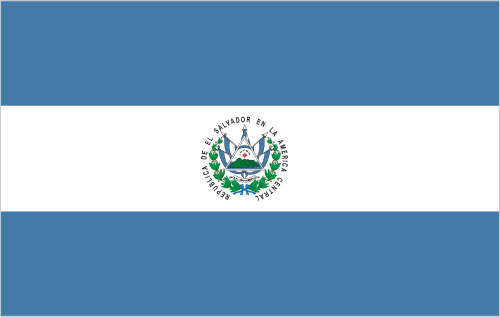El Salvador completed its TNA in 2013. The results have laid the foundations for plans and strategies drafted by local institutions responsible for climate change adaption, such as the Ministry of Education and the Ministry of Agriculture.
El Salvador’s agriculture sector has seen regular crop losses in the last two decades resulting in food insecurity. The health sector has likewise been disrupted by the damage to hospitals from regular violent storms, and in 1998 approximately 852,000 people were left vulnerable after a hurricane. Infrastructure too is being challenged by extreme events, with several hundred bridges collapsing and houses being damaged by hurricanes and landslides in their thousands.
El Salvador’s Technology Action Plan details a project that aims to construct three hundred elevated latrines. The latrines have the potential to safeguard nine communities against the sanitary health risks brought on by the increasing number and intensity of flooding disasters.
The affected sectors mentioned above have all been chosen as priority sectors through the TNA, and the Technology Action Plan outlines several projects aimed to build climate resilience. Among these are the construction of five hundred high-rise family homes located in flood zones and the installation of at least a hundred irrigation systems in each region.
Integrative solutions have been highlighted as well. For example, the establishment of gallery forests has a potential to aid the agriculture sector, keeping soil and crops protected, as well as preventing biodiversity loss. It will also protect infrastructure, as runoffs are better contained, as well as protect roads and houses.
El Salvador’s TNA contributes to the following Sustainable Development Goals:







